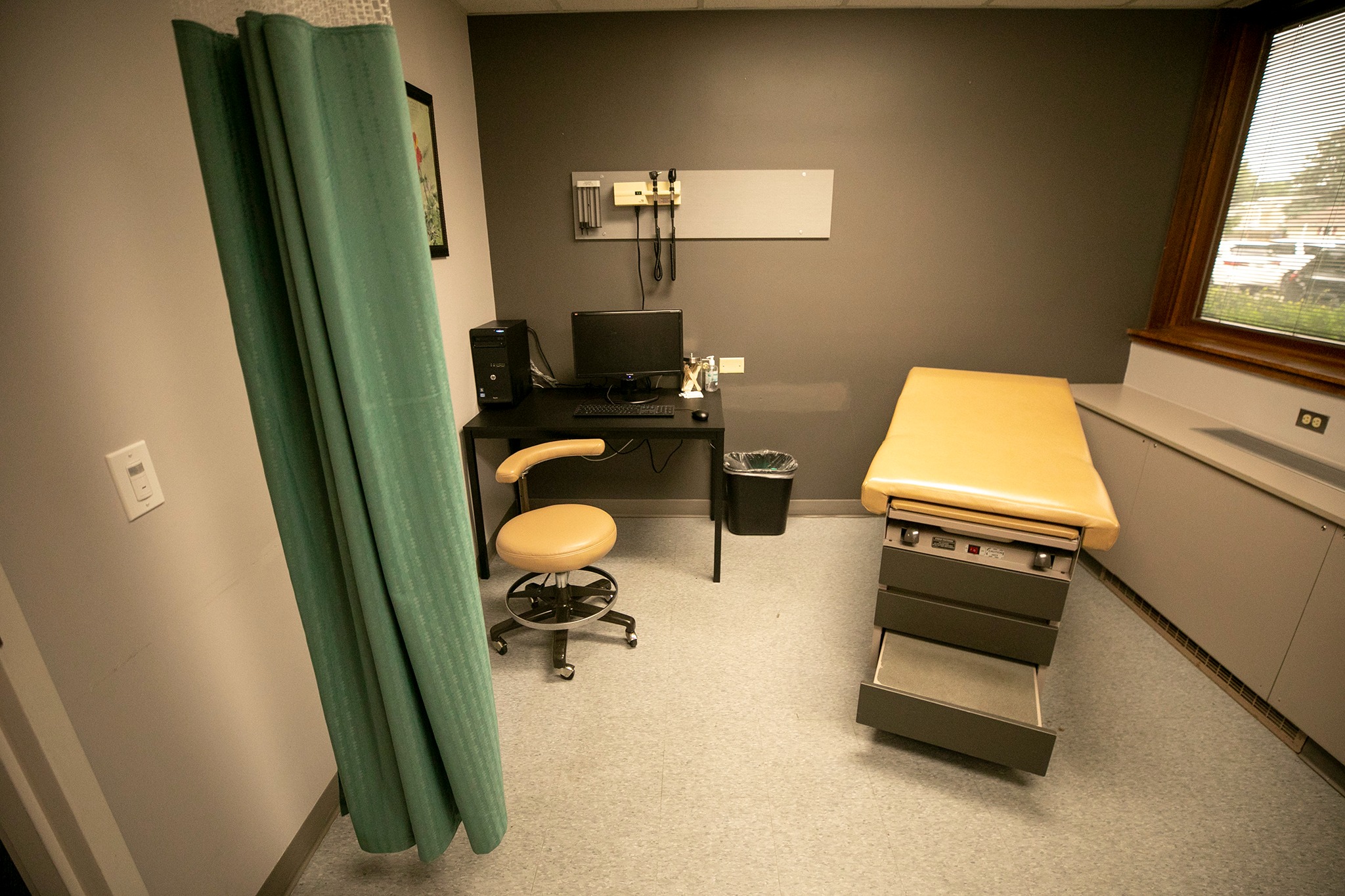
If you’re a nurse practitioner or some other health care occupation, you can expect to be in high demand in Colorado and many other states in the coming years.
That’s according to a new report from Mercer, a global consulting firm, which examines labor markets around the U.S. in a variety of health fields.
“We're seeing a definite projected shortage of nurse practitioners, and that's going to continue on. And we do see that in Colorado, everywhere as well,” said Dan Lezotte, a partner in Mercer’s US Workforce Strategy and Analytics Practice.
Overall, it projects a 7 percent shortage in that specialty in Colorado by 2028, with percentages around a 20 percent deficit in Montrose, Glenwood Springs and Fort Collins.
Still, Colorado's health care workforce is in better shape than a lot of other states.
Mercer is projecting a deficit of more than 100,000 healthcare workers in the country by 2028, which it said would worsen health disparities and impact patient care. It blamed factors like more resignations, health worker burnout, an aging population and wages that trail the wider labor market. That’s especially true in some states and some fields like primary care doctors, advanced practice providers and nurses.
In Colorado, overall, it anticipates a slight surplus of 1 percent across all health care occupations, 3.5 percent in the Denver metro area (defined as Denver, Aurora and Lakewood) and 0.5 percent in Colorado Springs. The state health department said it didn’t anticipate any surpluses.
The picture looks much more challenging beyond the major population centers.
Mercer’s projections find Fort Collins, Glenwood Springs and Montrose, for example, all can expect to struggle to hire enough registered nurses, nursing assistants and physicians. Montrose can expect a 25 percent deficit in the number of physicians needed.
Colorado may benefit from a rising population in general, Lezotte said.
“It seems that the influx of people, and especially in this industry in Denver and Colorado, is helping to meet that demand,” he said.
A spokesperson for the state health department, the Colorado Department of Public Health and Environment, painted a less rosy overall picture.
“None of our models indicate a current surplus of health professionals in any of these categories in any community across the state,” said CDPHE media specialist Vanessa Bernal, in an email. “Although central and south Denver is nearing adequate health workforce capacity, unmet needs remain in these communities with those who are low-wage earners, Medicaid recipients, or uninsured.”
She said the health department’s primary care office conducts numerous assessments of the needs of the health workforce, with models for primary care, behavioral health and oral health available on its website. The agency expects to complete an analysis of the perinatal health workforce within the next six to eight months, she said.
Based on current data, the health department does not anticipate Colorado experiencing a significant surplus of health professionals in the foreseeable future, “especially given the projected increase in demand as the population ages, as the state grows in population, and as the need for behavioral health care continues to rise,” Bernal said.








